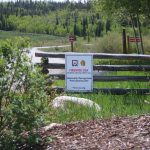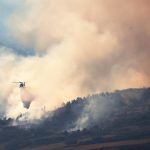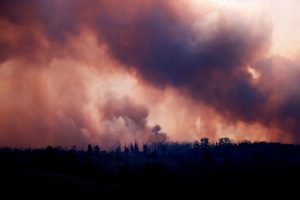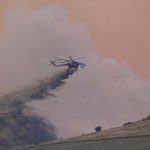Secondary infestations: Why weed management requires long-term strategy
Noxious Weed Supervisor, Routt County
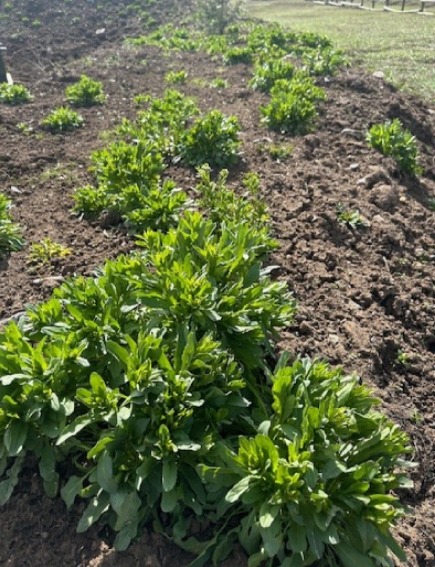
Courtesy Photo/Tiffany Carlson
Now’s the time to make one final push to manage noxious weeds before they have a chance to set seed. So, let’s roll up our sleeves (figuratively, of course; long sleeves are great for sun protection and necessary PPE when applying herbicides) and get to work.
A favorite saying in our office is: “One year’s seeding is seven years weeding.” In short, if we let weeds go to seed this season, we may be battling their offspring for years to come. And if that doesn’t give you pause, consider this: perennial weeds like leafy spurge and Canada thistle can grow root systems up to 30 feet deep in just one season. That’s a staggering reminder of why proactive control matters.
Despite our best efforts, weed management isn’t a one-and-done process. There’s no “silver bullet”. Instead, it demands multi-year commitment, consistent monitoring, and timely interventions. If an invasive species isn’t caught before it sets seed and establishes a deep root system, most control strategies must be performed over five years or more.
One lesser-known but critical aspect of weed management is the issue of secondary infestations. When a dominant noxious species is removed, it often leaves behind bare ground that is vulnerable to opportunistic species. Common secondary invaders include those with wind-borne seeds, such as Canada thistle and prickly lettuce.
Fortunately, there are several strategies that can reduce the risk of secondary infestations:
- Stagger treatments: Spot or timed removal helps preserve beneficial vegetation and minimize soil disturbance. Choose herbicides with lower soil residuals to allow for timely reseeding.
- Replant bare areas quickly: Select competitive species that suit local soil, moisture and light conditions. Native plants are preferred when feasible, as they stabilize soil, rebuild microbial communities, and suppress weed growth. Always follow herbicide label instructions regarding reseeding intervals to protect your restoration efforts.
- Minimize soil compaction and erosion: Disturbed soils invite invasives. Limit heavy equipment use and maintain natural contours to protect fragile areas.
- Go easy on fertilizers: Native plants thrive in low-fertility soils. Excess nutrients, especially nitrogen, can actually boost weed growth.
- Apply clean mulch: In landscaped areas, applying a clean, weed-free mulch layer helps retain soil moisture and significantly reduces weed germination. The required depth for effective seed suppression depends on the type of mulch used, with finer mulches generally needing a shallower layer compared to coarser materials.
Stay flexible, and adjust your management approach based on the species that emerge after treatment. Not all new arrivals require action. Some successional species, like fireweed, act as natural stabilizers, quickly covering disturbed areas and promoting ecological recovery.
Field pennycress is a species frequently encountered during secondary infestations. It is particularly problematic because one plant can produce up to 20,000 seeds. However, when seed dispersal is suppressed, it can often be outcompeted by more desirable vegetation. Reducing seed output and actively promoting competitive plant species are key.
Keep an eye out for secondary infestations. When native species are unable to establish quickly, invasive weeds will take over. We need everyone’s help to keep noxious weeds in check. Learn more about noxious weeds at https://www.co.routt.co.us/216/Weed-Program or email weeds@co.routt.co.us

Support Local Journalism

Support Local Journalism
Readers around Steamboat and Routt County make the Steamboat Pilot & Today’s work possible. Your financial contribution supports our efforts to deliver quality, locally relevant journalism.
Now more than ever, your support is critical to help us keep our community informed about the evolving coronavirus pandemic and the impact it is having locally. Every contribution, however large or small, will make a difference.
Each donation will be used exclusively for the development and creation of increased news coverage.


